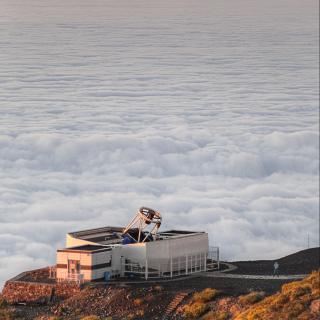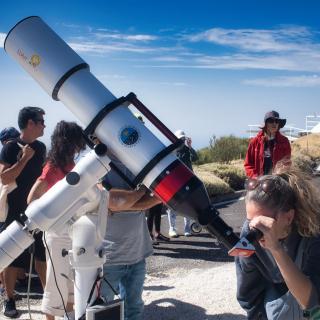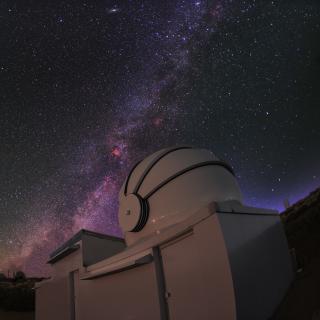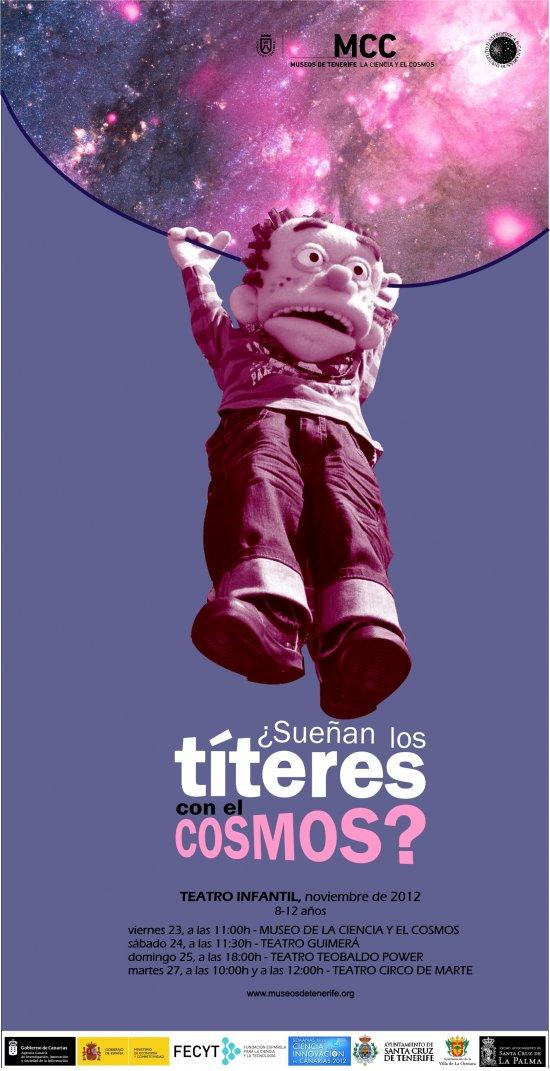It may interest you
-
 The IAC's Educational Project with Robotic Telescopes (PETeR) offers a new edition of its online teacher training entitled ‘ Investigate the Universe with Robotic Telescopes’. This activity, organised in collaboration with the STEAM area of the regional Ministry of Education of the Canary Islands Government, aims to provide knowledge and tools to incorporate astronomy in the classroom through the use of professional robotic telescopes, the analysis of scientific data and active learning methodologies. PETeR is an educational project that gives schools free access to professional telescopesAdvertised on
The IAC's Educational Project with Robotic Telescopes (PETeR) offers a new edition of its online teacher training entitled ‘ Investigate the Universe with Robotic Telescopes’. This activity, organised in collaboration with the STEAM area of the regional Ministry of Education of the Canary Islands Government, aims to provide knowledge and tools to incorporate astronomy in the classroom through the use of professional robotic telescopes, the analysis of scientific data and active learning methodologies. PETeR is an educational project that gives schools free access to professional telescopesAdvertised on -
 El IAC colabora por segundo año consecutivo con el festival de música y tendencias de Puerto de la Cruz con actividades gratuitas que permitirán a los asistentes descubrir el Observatorio del Teide y observar el Sol con telescopios especializados. El Instituto de Astrofísica de Canarias (IAC) se suma nuevamente al Phe Festival , que celebra su décimo aniversario los días 5 y 6 de septiembre en Puerto de la Cruz, con un programa de actividades destinadas a acercar la Astronomía y la investigación científica al público general. La iniciativa forma parte de IAC POP, la estrategia de divulgaciónAdvertised on
El IAC colabora por segundo año consecutivo con el festival de música y tendencias de Puerto de la Cruz con actividades gratuitas que permitirán a los asistentes descubrir el Observatorio del Teide y observar el Sol con telescopios especializados. El Instituto de Astrofísica de Canarias (IAC) se suma nuevamente al Phe Festival , que celebra su décimo aniversario los días 5 y 6 de septiembre en Puerto de la Cruz, con un programa de actividades destinadas a acercar la Astronomía y la investigación científica al público general. La iniciativa forma parte de IAC POP, la estrategia de divulgaciónAdvertised on -
 The third telescope of the Two-metre Twin Telescope (TTT3) situated in the Teide Observatory of the Instituto de Astrofísica de Canarias (IAC) has seen its “first light”. This robotic 2 meter telescope, managed by the Canary company Light Bridges, is one of the largest of its kind in the world.Advertised on
The third telescope of the Two-metre Twin Telescope (TTT3) situated in the Teide Observatory of the Instituto de Astrofísica de Canarias (IAC) has seen its “first light”. This robotic 2 meter telescope, managed by the Canary company Light Bridges, is one of the largest of its kind in the world.Advertised on
